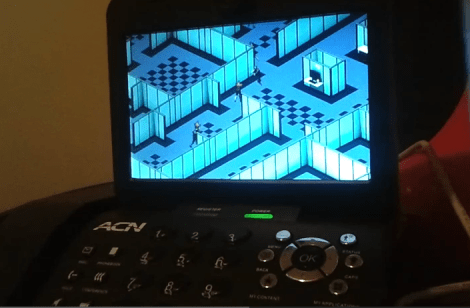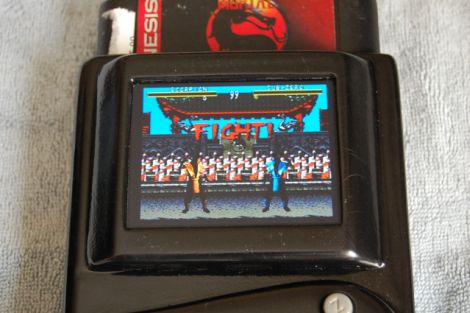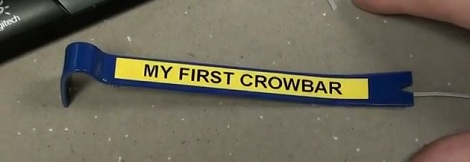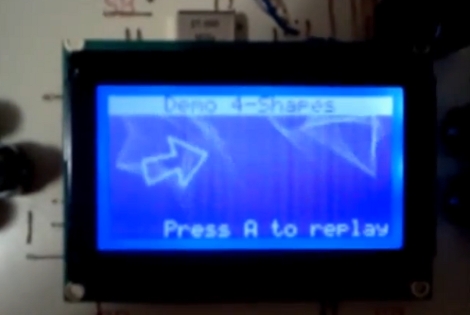
So IT has your computer locked down, but if you’re lucky enough to have this model of telephone you can still play video games while at work. [AUTUIN] was at the thrift store and for just $8 he picked up an ACN videophone on which he’s now playing video games. We don’t know what magical second-hand stores sell functioning electronics of this caliber but you should never pass up an opportunity like this.
It turns out the phone is running Linux natively. After some searching [AUTUIN] found that it is possible to telnet to a root shell on the device. Doing so he was able to figure out that the phone uses standard packages like ALSA for the Audio and /dev/input/event0 for the keypad. It even includes an SD card slot so he loaded one with a Debian image and used pivot_root to switch over to that OS. At this point the phone is his to command and of course he loaded up a video game which you can see in the clip after the break.















